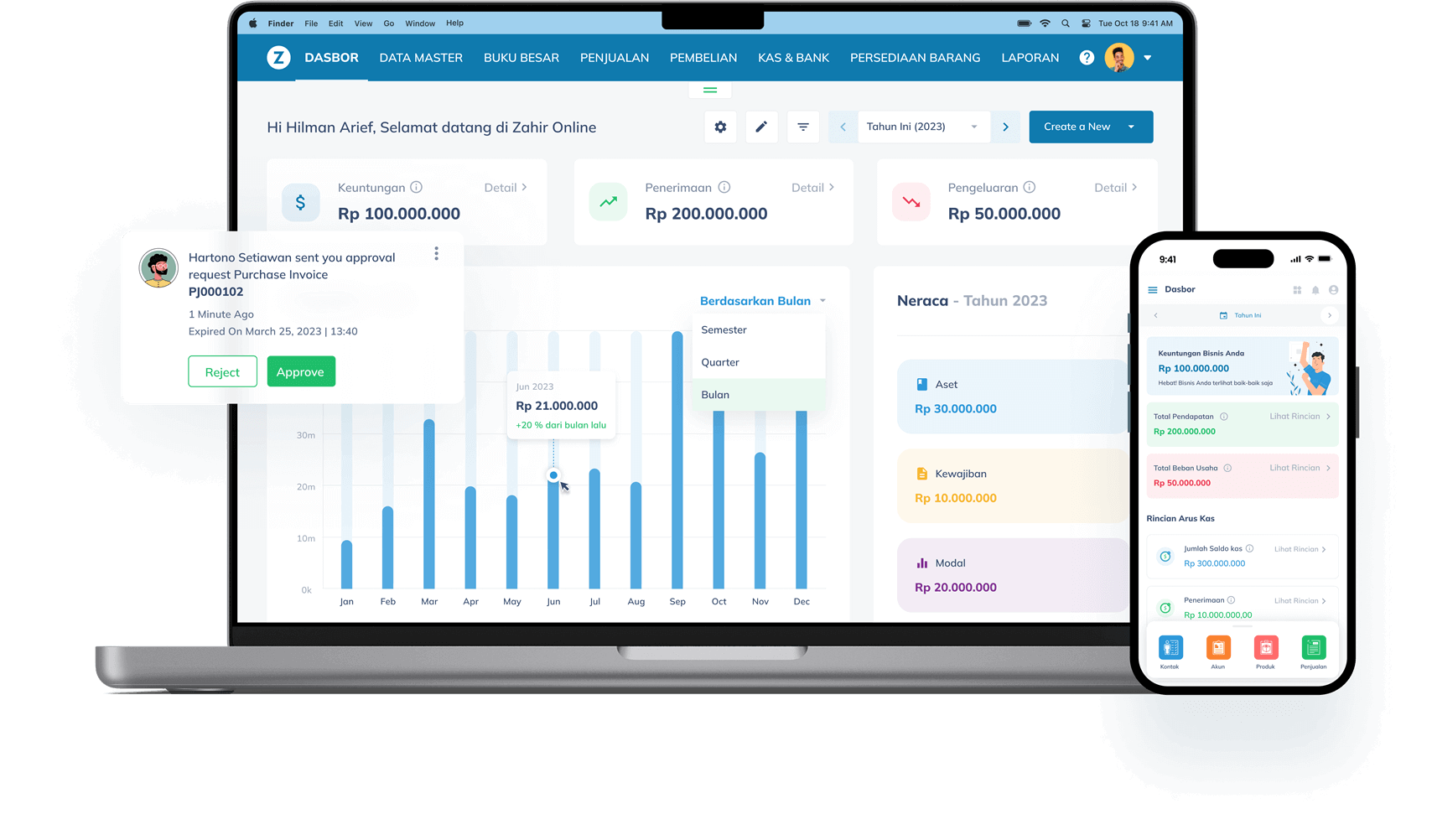Daftar Isi
HOW TO FIND THE MISSING PARTIAL FIGURES IN PREPARING FINANCIAL REPORTS OF SMALL BUSINESSES USING SINGLE-ENTRY BOOKKEEPING
Even though in all accounting standards all companies have to use double entry system of recording their business transactions, some or maybe many of small businesses are still using single entry bookkeeping. No wonder if they get difficulties to prepare their financial statements (also called in British Accounting as Final Accounts) due to incomplete records. Now let us see what we mean as incomplete records and how to carry out the preparatory calculations so that business owners can finalize their financial statements.
- Incomplete records occurs in the companies using single entry bookkeeping where they have only partial information. Since no debit and credit used to record each transaction, they miss certain important figures. The followings are the basic calculations commonly used to finalize the financial statements in such a small businesses.To make up a Balance Sheet or Statement of Financial Positions, such a business has to make a list called a Statement of Affairs. It is similar but not the same with Balance Sheet as we know in double entry system. This statement consists of Assets and Liabilities. If Assets, Liabilities and Capital are known but no information of Profits, so the calculations will be as follows:
Closing Capital – Opening Capital = Profit
Since the difference between the above two capital figures may be caused by drawings and capital introduced, we have to modify the above calculations as follows:
Closing Capital – Opening Capital + Drawings – Capital Introduced = Profits.
2. The above calculations are still unsatisfactory because we do not know how the profit is made up in relation to sales, purchase, and expenses. For this reason, we have to get as many records available such as sales, figures, prepayments, provisions, and so on. But, may be some of them are also unavailable. Let’s see how to reconstruct and make preparatory calculations below:
2.1 To find the figures of Purchases of the year:
Purchases consist of cash purchase and credit purchase. If we already know total purchase and credit purchase we will find cash purchase, or vice versa.
To find Total Purchases for the Year:
Creditors (Closing Balance) xxx
(+) Amount paid to Creditors xxx
Discount Received from Creditors xxx
Xxx
(-) Creditors (opening balance) (xxx)
Credit purchases for the year xxx
(+) Cash Purchases xxx
Total Purchases for the Year xxx
2.2 To find the figures of Sales for the Year:
2.2.1 Credit Sales for the Year.
Credit Sales for the Year can be calculated as follows:
Receipts from Debtors xxx
(-) Debtors (Opening Balance) xxx
Xxx
(+) Debtors (Closing Balance) (xxx)
Credit Sales for the Year xxx
To find the Total Sales for the Year, we just need to sum up Credit Sales and Cash Sales for the Year.
The above examples are the ones usually used to reconstruct the figures which are not complete in certain circumstances. Each of which depends on the data availability. Therefore, it is highly recommended to use double entry bookkeeping to avoid incomplete records because in its concept, double entry bookkeeping needs a thorough view in debit and credit sides. Like accounting equation, double entry bookkeeping makes inter-relationship of accounts can be easily identified.
In this article the writer use the accounting terms commonly used in British/ UK accounts. Since many of the readers may be used to prepare the reports in US or International terms, the following terms are explained.
UK Terms US/ International Terms
Debtors = Accounts Receivables (A/R)
Creditors = Accounts Payables (A/P)
Discount Received = Purchase Discount

